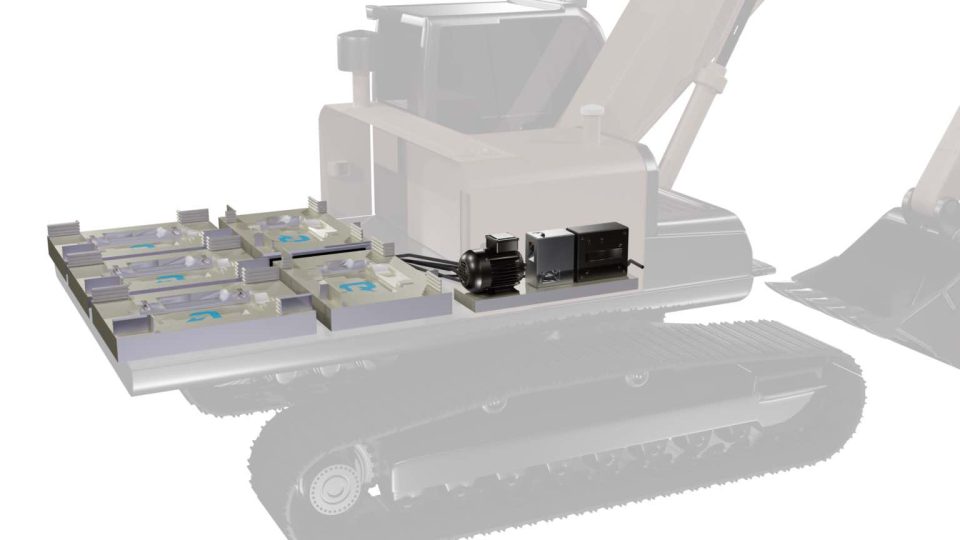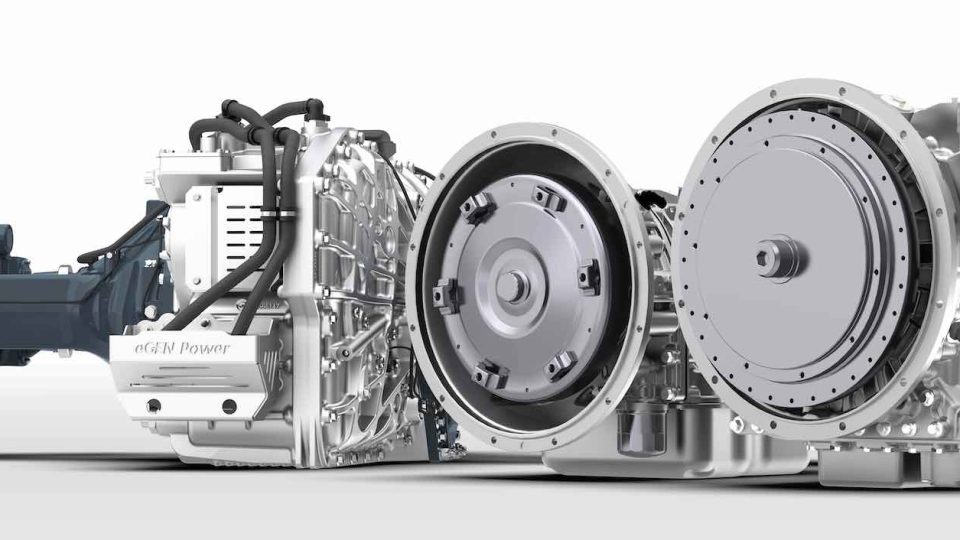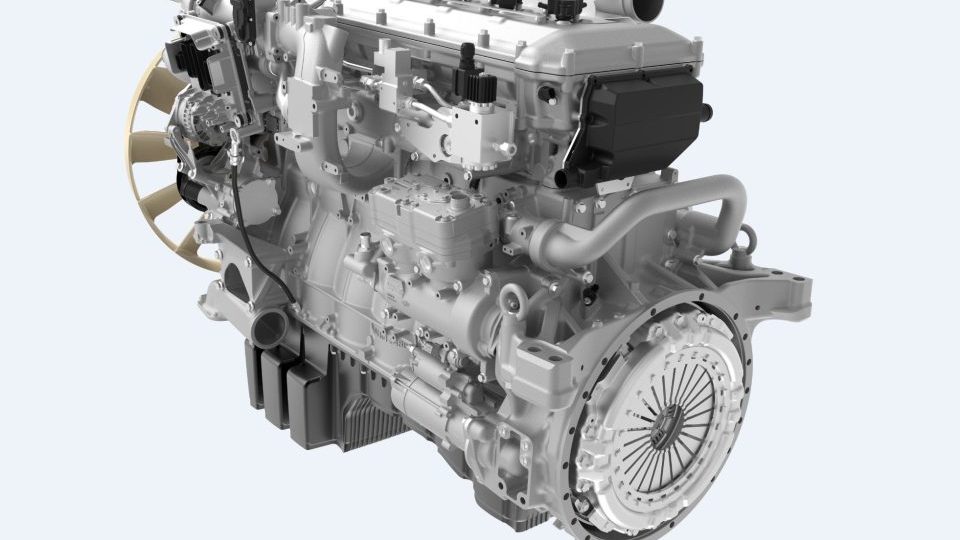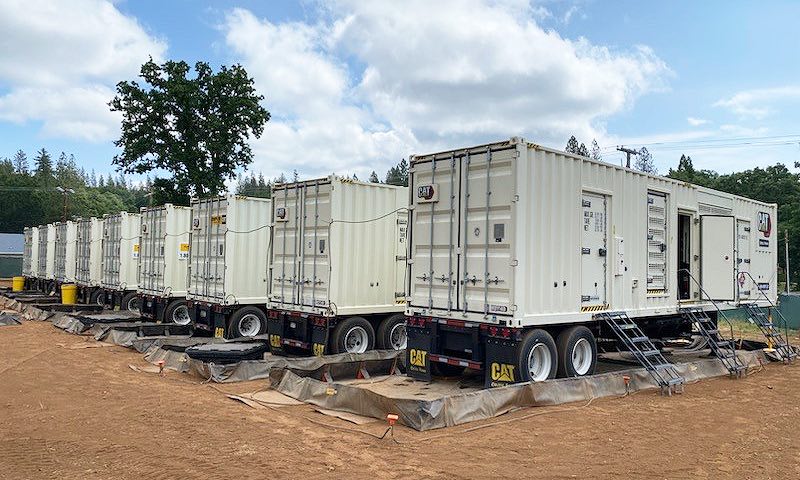SDF is in motion. Or better: FARMotion
FARMotion project and Stage V around the fields FARMotion Project has its roots back in 2011 and reached full maturity with Stage V. Power ratings of the 3 and 4 cylinders by SDF reach up to 75 and 115 kW. We met Manlio Mattei, R&D Powertrain Group Manager of SDF. The heirs of the 1000 […]
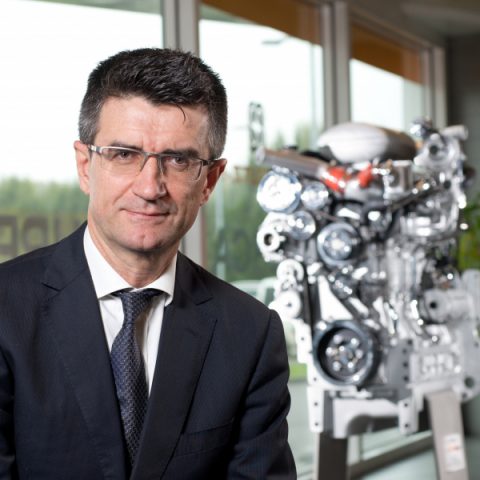
FARMotion project and Stage V around the fields
FARMotion Project has its roots back in 2011 and reached full maturity with Stage V. Power ratings of the 3 and 4 cylinders by SDF reach up to 75 and 115 kW. We met Manlio Mattei, R&D Powertrain Group Manager of SDF.
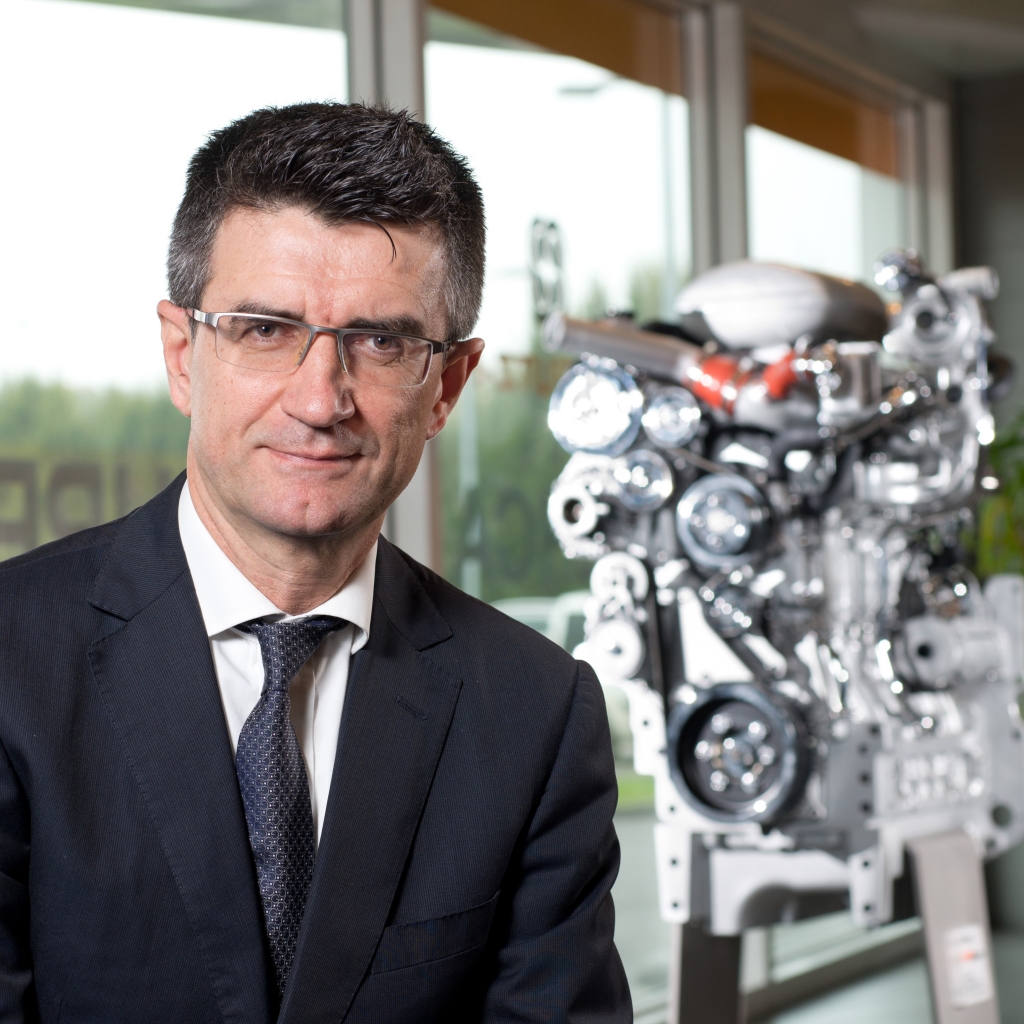
The heirs of the 1000 series, the 3 and 4 FARMotion cylinders, have met Stage V requirements in a captive perspective (Same, Deutz-Fahr, Lamborghini trattori, Hürlimann tractors), without closing the doors to free market. In 2016, in the Tier 4 Final era, Manlio Mattei who introduced us to the prospects of FARMotion.
FARMotion: what is going to change? Stage V?
We’ll keep today’s cylinder displacement, with 3 and 4 cylinders. We are setting the Stage V through the feasibility analysis on some technologies, to reach the project target on which it is pre-sized. Power will essentially increase according to the evolution of SDF middle range tractors.
What will the market expect from you in 2020?
We have no signs of drastic changes in terms of power supplies. We focus on diesel.
Will diesel have a long life?
We believe so, even if the powertrain as a whole could change. In the immediate future, there will be no widespread use of pure electric batteries, except for niche applications, such as in greenhouses. It is possible to think of an electric motor powered by an internal combustion engine which, in our opinion, will be diesel for quite some time.
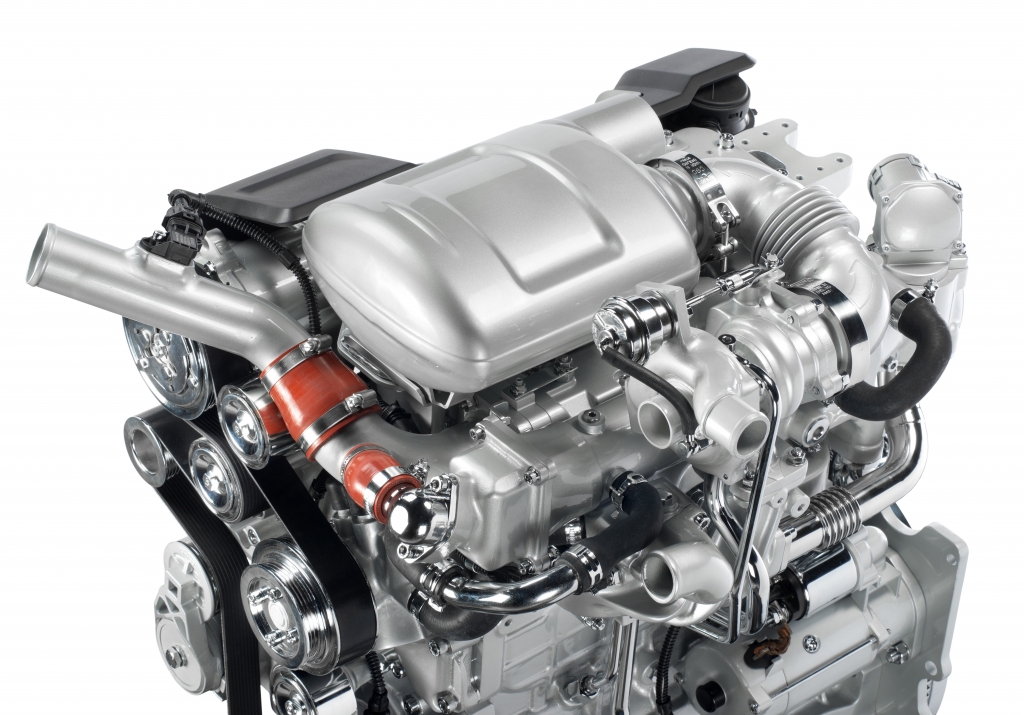
Three years later we met Manlio Mattei again to have an update on Stage V. Today’s answers are in line with yesterday’s picture.
Stage V. What has changed compared to the assumptions?
Since the initial IIIB project we have planned thermo-mechanical stresses and technical characteristics that could lead the four-cylinder to the target of 120 kilowatts. In Stage V the power has indeed risen to 115 kW at 2000 rpm with a torque of 660 Nm at 1400 rpm and 650 Nm at 1000 rpm.
The 3-cylinder Stage V, in the meantime increased its power curve from 71 to 75 kilowatts, and increased the torque curve starting from 1,000 rpm. In a long-term perspective, we have been far-sighted in sizing cylinders and other construction features of FARMotion engines, so that they would allow us to position them up to 120 kW/700 Nm of maximum power/torque. In fact these performances are now too low to adequately exploit the 4 cylinders of greater displacement (which are increasingly popular on tractors of the 150 kW class) and difficult to reach by 3.4 liters engines. We have considered these performance and sizing targets since the selection and initial sizing of the systems and key components of our engines, such as the 2,000 bar common rail. We also confirmed the fluid-dynamics and the combustion system that have not changed for Stage V.
We have only adapted the turbocharging system in the range over 100 kilowatts: the 115 kilowatt has a variable geometry turbine, the others have a fixed geometry. Some changes to the geometry of the piston and the connecting rod, consequent to the increased combustion pressure of the 115 kW version and to the melting (for example in the pin and in the connecting rod). We adopted the DPF anti-particulate filter (which is mandatory to meet the requirements of stage 5) opting for SCRf (SCR on filter, in which the DPF substrate is coated with the wash coating of the ‘SCR) in order to reduce the overall dimensions of this system. Until Tier 4 Final, the (SCR) after-treatment system was only available in a ‘long Acabin post’ shape, which will be joined by another layout in Stage V to adapt to different types of tractor platforms. We kept the EGR, which is functional for compact machines. The high efficiency SCR requires to increase the volume of the catalysts and of the consumption technical urea tanks.
Has anything changed in the approach to alternatives?
We continue to study electrified/hybrid powertrain schemes, both at low and high voltage, despite the market being for now scarcely receptive and the components are not yet mature in terms of costs and solutions for mass production in the agricultural area.
What was the genesis of the FARMotion platform?
It dates back to 2011 and originates from the need for extreme application flexibility, ease of adaptation to worldwide regulations and modularity with regard to medium-low and specialized range machines. These characteristics of the FARMotion engines have allowed us to customize the application to 7 different tractor platforms, with a very high modularity between the 2 displacements (a widely used approach in the automotive field) and to offer the same tractors from Stage II to Stage V, based on the needs of the target markets. We believe these characteristics are unique in our market.



